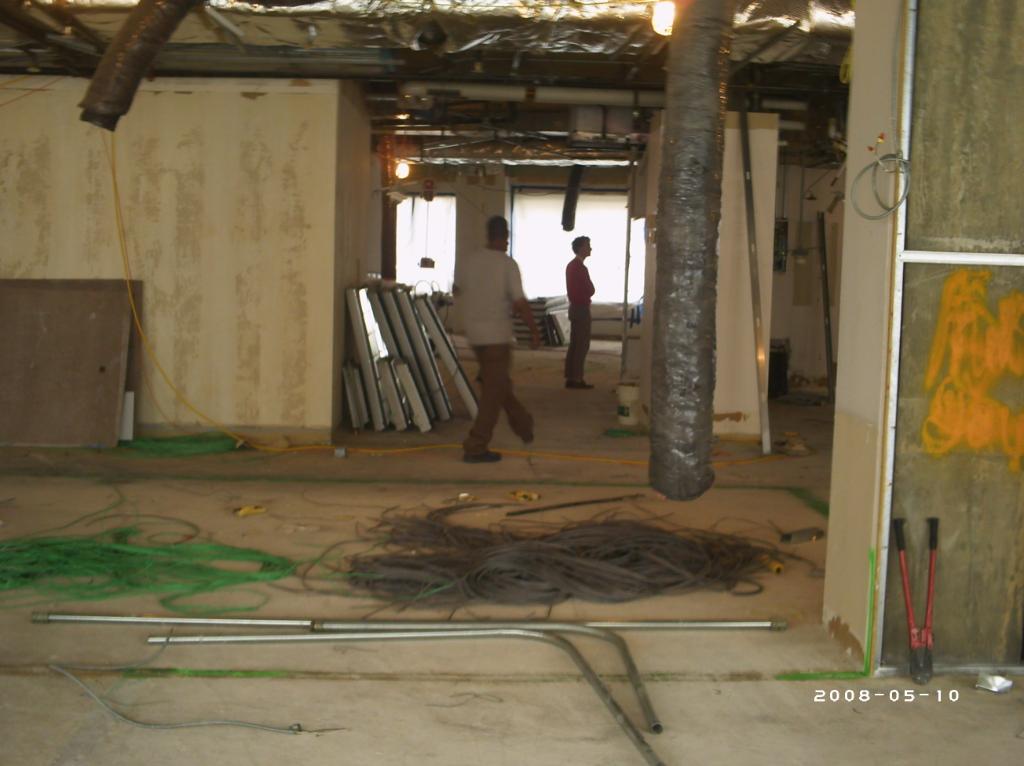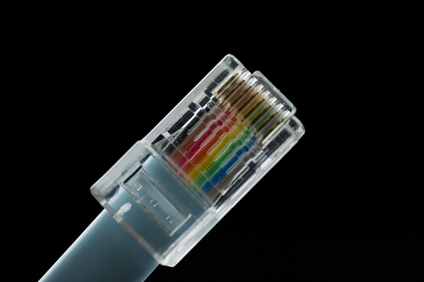


Steps for Upgrading Your Company’s Cabling – Part 1

Top Ten Tips for Business Data Cabling – Part 2
 As discussed in Part 1, business cabling projects can be a challenge to properly design, install, and accomplish on schedule. The key to success is finding an experienced team that will provide structured cabling services of high quality. Part 2 will discuss Maintaining Standards, Planning Well, Respecting Regulations, Staying Up-to-Date, and Testing Infrastructure.
As discussed in Part 1, business cabling projects can be a challenge to properly design, install, and accomplish on schedule. The key to success is finding an experienced team that will provide structured cabling services of high quality. Part 2 will discuss Maintaining Standards, Planning Well, Respecting Regulations, Staying Up-to-Date, and Testing Infrastructure.
Maintaining Standards
Maintain the established standards and best practices of structured cabling. Neglecting to do so will probably reduce quality and the efficiency of a data network. For guidance, refer to the standards set forth by the Telecommunications Industry Association.
Planning Well
Planning well will help future proof your organization. Do your best in estimating what your company will need for the next five years. CAT5E is now the standard, and it can support a maximum of 1000 Mbps. If your company needs more bandwidth, CAT6 is rated at a maximum of 10 Gbps. Re-cabling soon after installation will be disruptive and expensive.
Respecting Regulations
Compliance with codes, laws, and ordinances typically protects the lives of employees and first responders. A company found to be violating regulations will be fined and required to rewire the cabling so it is up to code. In the event of injury or death that is attributable to a violation, individuals found responsible may be held financially and perhaps criminally liable.
Staying Up-to-Date
Staying current with technological developments and regulations related to structured cabling and IT infrastructure will allow you to provide guidance to your company that has foresight. Knowledge of trends will let you anticipate what your IT infrastructure will need in the future.
Testing Infrastructure
Testing IT infrastructure during the installation of cabling is good practice. For efficiency, tests should be performed in phases to detect and fix problems quickly. Testing only after the installation of hundreds of feet of cabling will discover issues far too late and result in time wasteful revisions, repair, or replacements.
Progressive Office Cabling
Founded in 1986, Progressive Office’s success has been a direct result of years of commitment to seeking solutions on behalf of our clients in the Washington, D.C. and New York City areas. Efficiently working together, Progressive teams get cabling installed and operating as fast as possible while minimizing disruption and downtime. Call our toll free number (800) 614-4560 today.
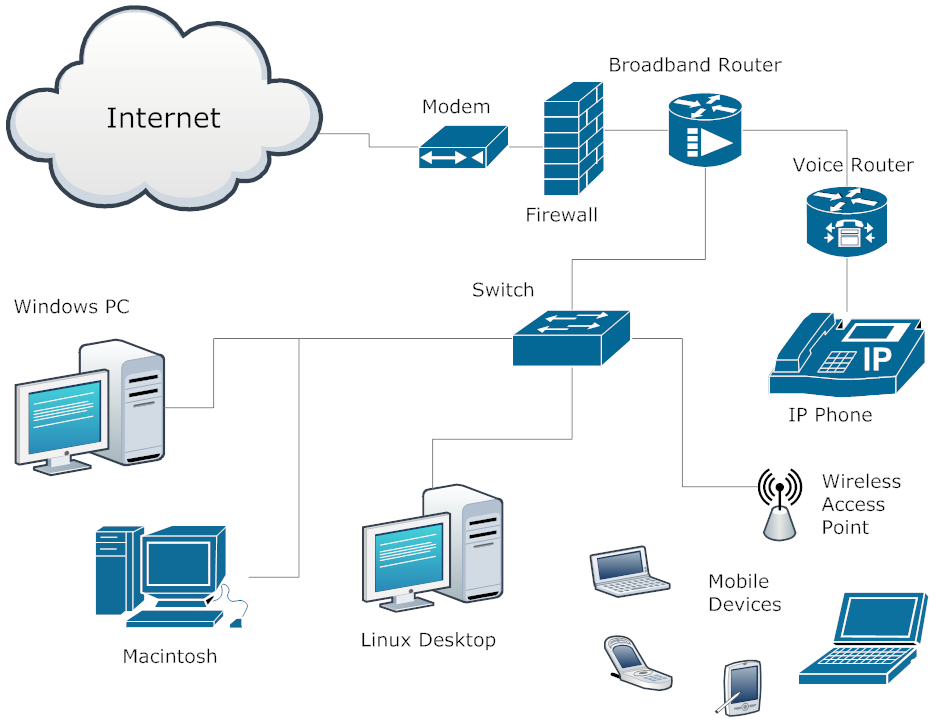
Creating the Requirements of Network Design
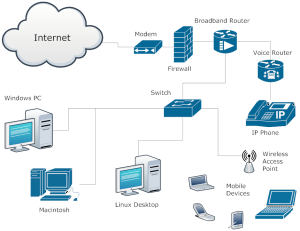 Various requirements that are skillfully combined during the implementation phase can result in a desired network design that helps attain a company’s business goals. Below is a classification of requirements for an organization. Some may be directly provided by the network design team while others may be determined from the goals or requirements of the company.
Various requirements that are skillfully combined during the implementation phase can result in a desired network design that helps attain a company’s business goals. Below is a classification of requirements for an organization. Some may be directly provided by the network design team while others may be determined from the goals or requirements of the company.
Business Goals
- Decreasing operational costs
- Expanding business via additional remote sites
- Increasing staff productivity
Business Requirements
- Decrease expenses for the maintenance of multiple voice & data networks
- Provide support for expanding business via additional remote sites
- Raise staff productivity by improving internal communications via mobile and video devices, while safeguarding company security
Functional Requirements
- Ability to introduce and support new remote sites to the network without redesign
- Infrastructure supporting data, video, voice, and wireless in a unified manner
- Isolation of guest and employee wired and wireless traffic to comply with standard company security policy
Application Requirements
When an organization plans to add video and VoIP capability to their network, particular application requirements must be met. In such instances, the network design must be capable of providing sufficient network availability, efficiency, and performance for these two new features to support business goals.
Technical Requirements
In order to attain the above example’s functional and application requirements in consideration of the company’s business goals, the network design must have the following features:
High Availability – Raise the level of high availability in order to support traffic crucial to business, such as data and voice.
Quality of Service (QoS) – User experience can be greatly improved through the introduction of QoS in order to attain excellent voice and video services.
Scalability – Implement scalable network (WAN) design for supporting growth of business projected for the coming 12 months.
Security – Network security must be optimized when new features such as voice and Wi-Fi security are added.
Traffic Isolation – Provide traffic isolation to meet information security requirements.
Progressive Office Cabling
Founded in 1986, Progressive Office’s success has been a direct result of years of commitment to seeking solutions on behalf of our clients in the Washington, D.C. and New York City areas. Efficiently working together, Progressive teams get cabling installed and operating as fast as possible while minimizing disruption and downtime. Call our toll free number (800) 614-4560 today.

Your First Conversation with a Cabling Installation Company
 Now that your business is ready to install new cabling or perform an upgrade, you will be meeting with a cabling installation company that has been vetted to discuss the project. Typically, the contractor will ask several standard questions to gain a good understanding of the project and make an evaluation. The questions are organized under topics and discussed in the paragraphs below.
Now that your business is ready to install new cabling or perform an upgrade, you will be meeting with a cabling installation company that has been vetted to discuss the project. Typically, the contractor will ask several standard questions to gain a good understanding of the project and make an evaluation. The questions are organized under topics and discussed in the paragraphs below.
Moving
When does your business plan to move? If the move is in the next two months, have arrangements been made for the phone or T1 lines with the telecommunications provider?
Although this is a key component when moving an office, many companies neglect it. Some telecoms need a 45-day notice for a T1 installation, so your move must take this into account.
Voice and Data Drops
What will be the number of voice and data drops required? A drop is a cable run usually starting from a server room or wiring closet and terminating at a cubicle, workstation, or office. Keep in mind that each station will typically require a drop for each computer and telephone line. Drops will also be needed for office equipment such as fax machines and network printers.
Construction
What kind of construction was done at the new office location? Does it have a hard cap ceiling, which most houses have, or a drop/acoustic ceiling? Facilitating access for running cables, drop ceilings are far easier than hard cap ceilings for installations, modifications, and upgrades.
Cabling Type
Is plenum or non-plenum cabling needed at the new office location? When cabling has to run over a ceiling where the space is already utilized for a HVAC (heating, ventilation, and air conditioning) system, then plenum-rated cable will be required because of its fire retardant and smoke-limiting capabilities. Plenum is a bit more expensive, but required to comply with code.
Phone System
Will the current phone system be transferred to the new office? The cabling installation company may not be capable of handling the type your business is using, therefore a subcontractor may be retained to handle this aspect of the project as it requires specialization.
Progressive Office Cabling
Founded in 1986, Progressive Office’s success has been a direct result of years of commitment to seeking solutions on behalf of our clients in the Washington, D.C. and New York City areas. Efficiently working together, Progressive teams get cabling installed and operating as fast as possible while minimizing disruption and downtime. Call our toll free number (800) 614-4560 today.
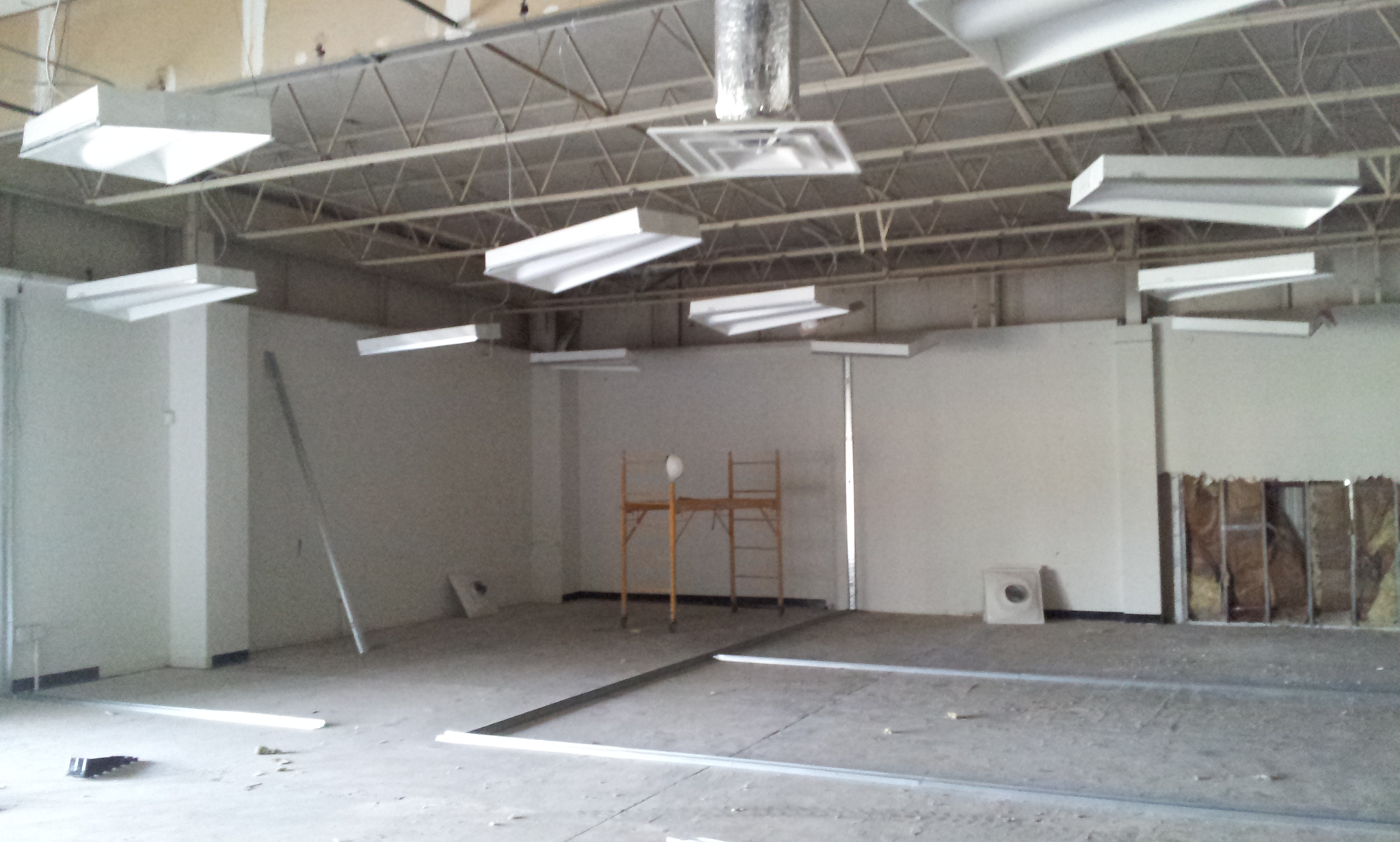
Get a Site Survey Before Cabling Installation
 During the process of selecting a cabling installation company, you will meet with candidate contractors at the new office space. Each visit will typically be a free consultation as each contractor they will make a site survey in order to make an evaluation and prepare a quote for the project. Below are items and information a business owner should be ready to provide to make each site survey as efficient and productive as possible.
During the process of selecting a cabling installation company, you will meet with candidate contractors at the new office space. Each visit will typically be a free consultation as each contractor they will make a site survey in order to make an evaluation and prepare a quote for the project. Below are items and information a business owner should be ready to provide to make each site survey as efficient and productive as possible.

Advantages of Upgrading to Structured Cabling – Part 1
 If it has been a while since your company has upgraded your network cabling, you and your team may not be achieving your potential. As you know, an organization’s IT network is the very heart of its operations. Lacking a network that is up-to-date, staff members will not be as efficient and productive as possible.
If it has been a while since your company has upgraded your network cabling, you and your team may not be achieving your potential. As you know, an organization’s IT network is the very heart of its operations. Lacking a network that is up-to-date, staff members will not be as efficient and productive as possible.
Updating from Point-to-Point Cabling
The update that yields the most benefits is having your network make the transition from an outdated point-to-point cabling system to a far more effective structured cabling system. As you may know, there are only two ways for transmitting data over network cables. Numerous companies persist on using point-to-point cabling. Unfortunately, it tends to become problematic, especially when a company needs to significantly expand the network’s size and capabilities. Let’s dig deeper to understand the reasons.
Point-to-point cabling directly connects a switch, device, network, a server, or network, to another network component via fiber optic cable. For the last few decades, this wiring method provided an innovative way to swiftly build a network. However, during that period, the majority of networks at IT departments were not large.
Nowadays, as networks expand and speedy transmissions of massive data amounts become routinely expected, the maintenance of outdated point-to-point cabling systems, along with the thousands of cables required for operations, becomes a large burden on a company’s IT resources.
As a result, organizations have transitioned to structured cabling systems. Rather than directly connecting every single network component to another, a structured cabling system directly links storage units and servers to a communication backbone.
Installed in every part of a facility, local cabling panels are linked to the communication backbone with only one cable. This enables users to easily connect their devices to the whole network by connecting a cable to the nearest cabling panel.
Part 2 will discuss the advantages of upgrading to Structured Cabling.
Progressive Office Cabling
Founded in 1986, Progressive Office’s success has been a direct result of years of commitment to seeking solutions on behalf of our clients in the Washington, D.C. and New York City areas. Efficiently working together, Progressive Office teams get cabling installed and operating as fast as possible while minimizing disruption and downtime. Call our toll free number (800) 614-4560 today.


